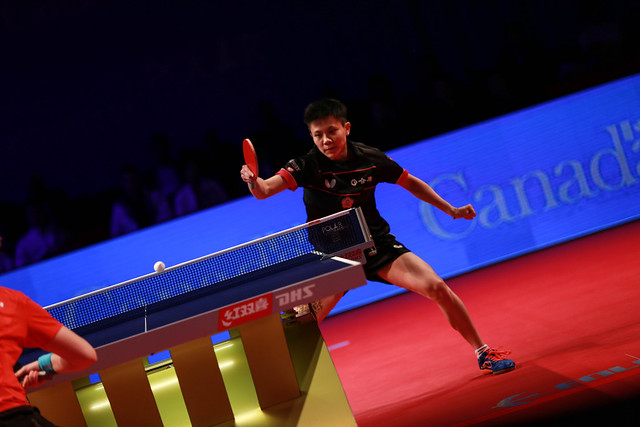by Ian Marshall, ITTF Publications Editor
The contest was a repeat of the final in the American city when at the Seamaster 2016 Women’s World Cup, nothing to lose, Miu Hirano, a breath of fresh air with her uninhibited approach, had caused quite a sensation.
In Philadelphia, Miu Hirano had prevailed in four straight games in the final (11-9, 11-5, 11-4, 11-8), Cheng I-Ching had been blown away by the sheer speed and fast changes of direction from the backhand by her younger adversary. Deft changes of spin, speed and direction from the services of Miu Hirano had all combined to determine the outcome.
Now one year later, following the exploits of Miu Hirano, the video cameras have rolled, her style has been examined in detail by potential adversaries and their mentors. Cheng I-Ching was prepared.
The first four games were shared, key moments being in the third game when Miu Hirano elected for “Time Out” at 9-7 having led 9-5 and one game later, when in a similar situation, Cheng I-Ching took a break at 8-6 having been 7-4 ahead. Both decisions proved fruitful.
A close fourth game, success for Cheng I-Ching, in the fifth she was more dominant. She established a 7-3 lead; she never relinquished the advantage, at 10-5 she held five games points, she converted.
Ahead for the first time in the match but as the sixth game started it appeared that a seventh may well be required.
Miu Hirano moved into a 5-1 lead, Cheng I-Ching responded to win the next six points, a clenched fist with left hand greeting success. The momentum with Cheng I-Ching, immediately Miu Hirano responded to win the next three points to lead 8-7; however, there was to be no further success for the 17 year old, the next four points were won by Cheng I-Ching.
Philadelphia was avenged.






